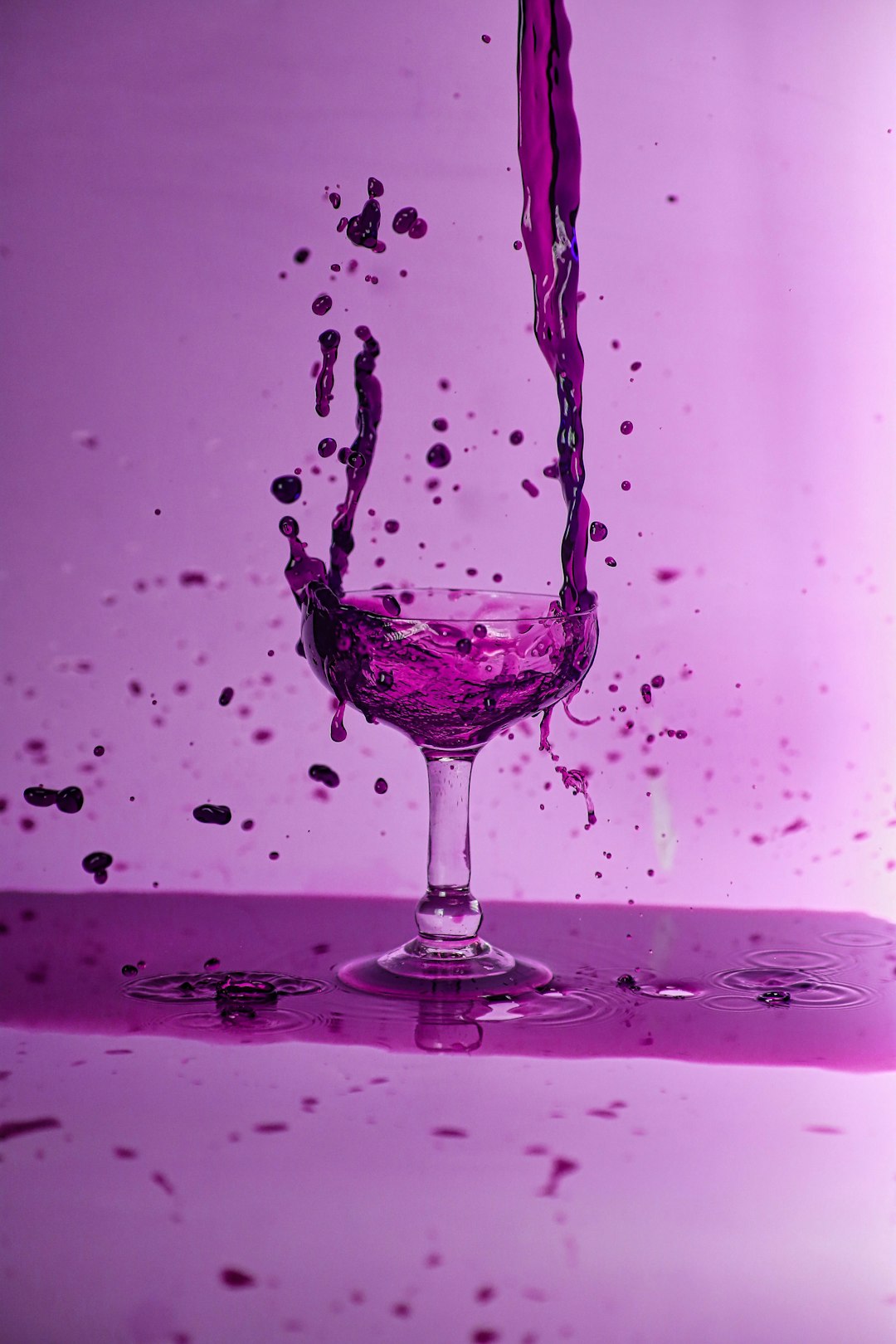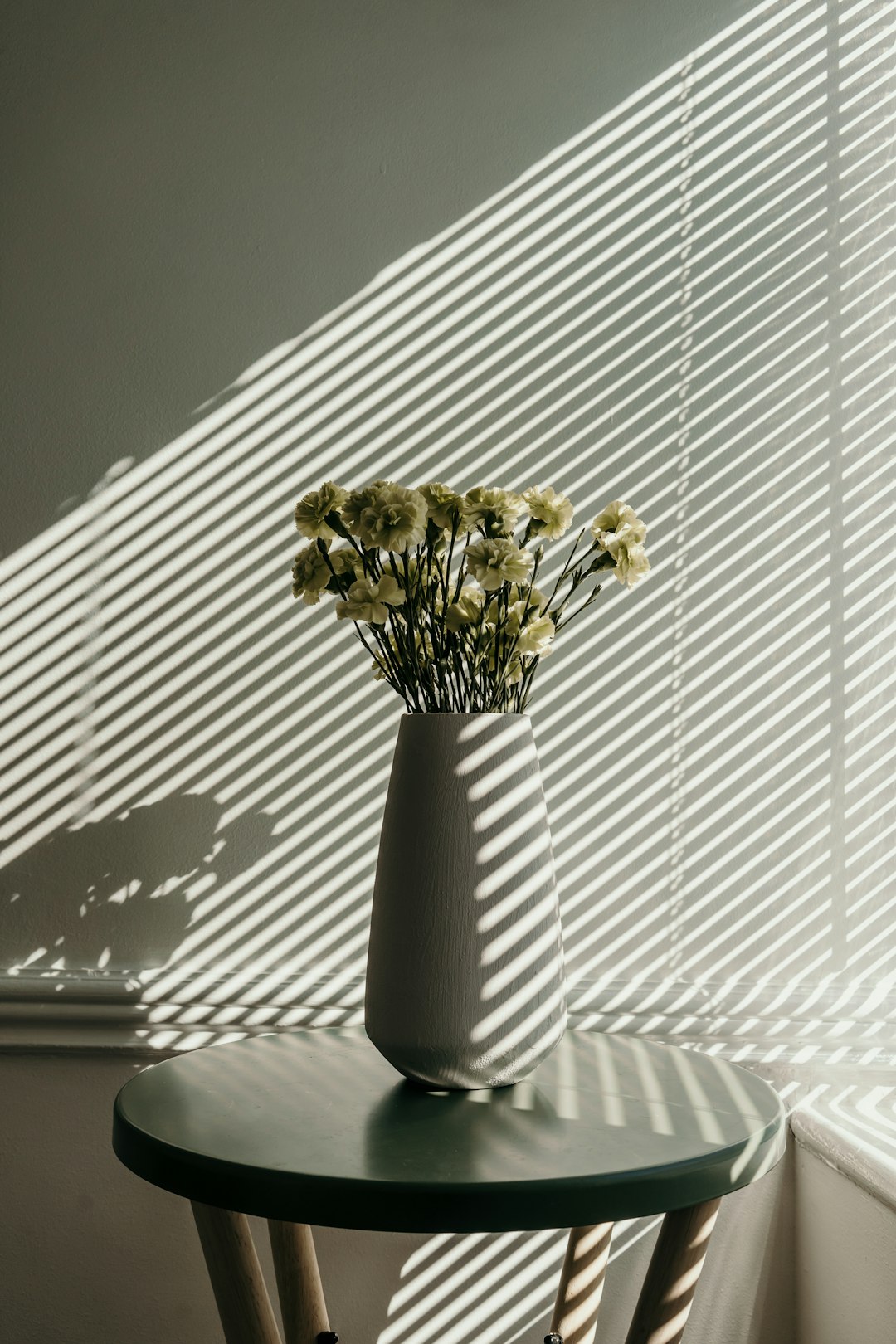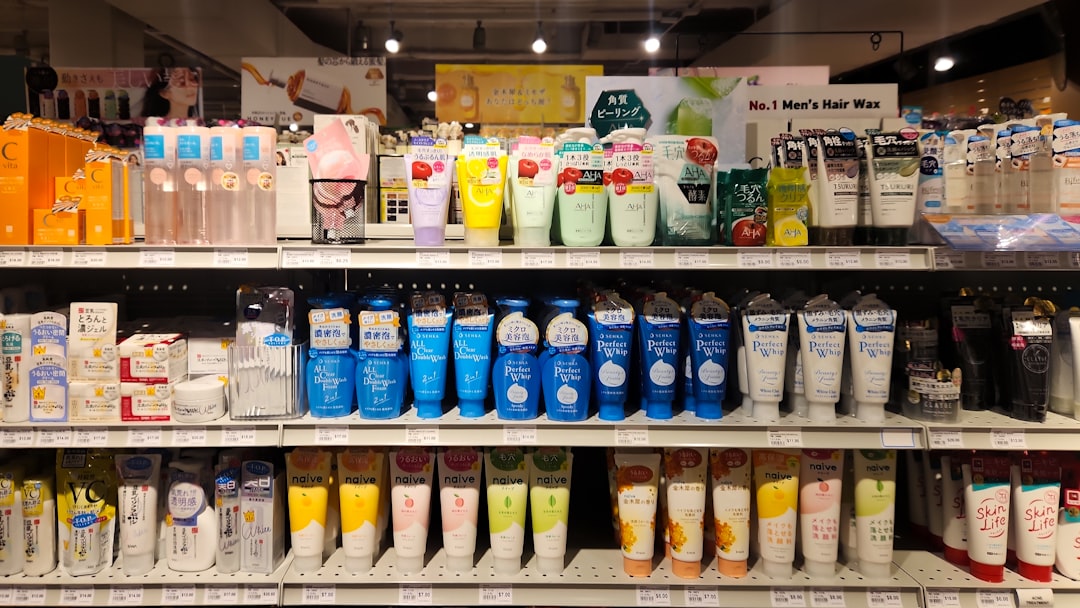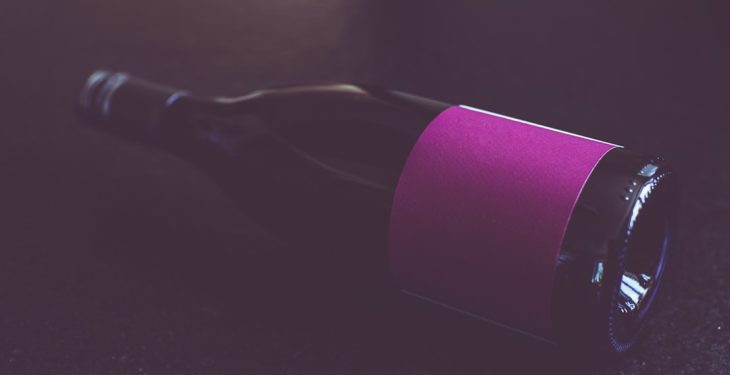In the swirling world of hair colors and fashion statements, one shade in particular continues to steal the spotlight: 99J. Often referred to as a deep burgundy or wine hue, the 99J shade is a favorite for people looking to make a bold yet elegant transformation. But here’s the catch—when people talk about 99J, they often confuse burgundy with wine, using them interchangeably. The truth is, while they’re definitely in the same color family, they have subtle differences that can create very different effects on your overall look.
So what exactly distinguishes burgundy from wine in the 99J color palette, and which one should you choose for your wig, extensions, or dye job? Let’s delve into the nuances, appearances, and best uses of each to help you pick the perfect shade.
What Is 99J Color?
The 99J color is a rich, dark red hue that sits somewhere between violet undertones and red wine tints. It’s often described as one of the most versatile shades for people who want to experiment with reds without going too vibrant or too brown. Depending on the lighting and hair texture, 99J can pull more towards burgundy or wine, which leads to some confusion. But knowing their subtle differences can point you in the right direction.

Understanding Burgundy
Burgundy is a dark red color that often features hints of purple or violet undertones. It’s named after the Burgundy wine region in France, but the color itself is more red-based than the beverage it’s named after.
- Undertone: More red with purple or magenta tints.
- Vibrancy: Tends to stand out slightly more because of its brighter red base.
- Best for: Those seeking a standout color that gleams in the sun and makes a fashion-forward statement.
In wigs and hair extensions, 99J burgundy emanates energy and vibrance while still being deep enough to pose as a natural-looking shade with a fiery edge.
Understanding Wine
Wine colors tend to have a slightly more muted, deeper tone when compared to burgundy. Imagine red wine in a glass under dim evening light. That’s what makes wine more elegant and understated.
- Undertone: A richer mix of red and a little more blue or brown compared to burgundy.
- Vibrancy: Less vivid, giving it an almost velvety, muted charm.
- Best for: Individuals looking for a subtle, sophisticated red hue that blends well with darker skin tones or natural hair colors.
When used in hair, 99J wine offers a suave richness that’s less attention-grabbing than burgundy but wins with its depth and complexity.
Comparing Burgundy vs. Wine
Though both belong to the reddish family and often fall under the 99J label, they can cater to very different styles and palettes. Let’s do a side-by-side comparison to make things crystal clear.
| Feature | Burgundy | Wine |
|---|---|---|
| Base Color | Red with magenta/violet | Red with brown/blue |
| Appearance | Brighter; more vibrant | Darker; more subdued |
| Best For | Bold looks, expressive styles | Elegant, classic aesthetics |
| Skin Tones | Fair to medium | Medium to deep |
How Lighting Affects the Perception
If you’ve ever bought a wig or hair dye labeled 99J and found it looked different under certain lights, you’re not imagining things. Lighting plays a significant role in how burgundy and wine colors appear.
- Natural light: Burgundy tends to pop more, revealing its red and pink hints.
- Indoor light: Wine comes across richer and more velvety, leaning into its deeper undertones.
It’s always a good idea to check your potential shade under different lighting if you’re shopping for hair online or at a store.

Styling Tips for Burgundy and Wine Hair
Once you’ve chosen your preferred shade, the way you style it can enhance its overall effect. Here are some tips:
For Burgundy Hair
- Pair with neutral tones like black, beige, or denim to let your hair be the centerpiece.
- Use gold accessories and jewelry—yellow tones contrast beautifully with the purple-red hue.
- Try loose curls or beachy waves to amplify light reflection and color vibrancy.
For Wine Hair
- Opt for deeper makeup hues like plum lips or bronze eyes for a cohesive look.
- Silver jewelry complements the cool undertones beautifully.
- Style in sleek straight looks or elegant buns to emphasize the color’s subdued elegance.
Who Should Wear Which?
Although personal preference is the final deciding factor, here are a few general guidelines for choosing between wine and burgundy based on complexion and personal style:
- If you have a fair or light skin tone: Burgundy’s loud vibrancy works better, adding contrast and warmth.
- If you have a medium or olive skin tone: Both shades complement you, so choose based on your mood or outfit palette.
- If you have a deep skin tone: Wine usually offers a richer, more natural blend that doesn’t overshadow your complexion.
However, fashion is ultimately a personal expression. Many people enjoy alternating between both shades throughout the year—burgundy in spring and wine in fall, for example.
Color Maintenance and Upkeep
Burgundy and wine may not be neon pink, but they still fall under the colored-hair umbrella and thus require a bit more care.
- Use sulfate-free shampoos to retain the color longer.
- Deep condition regularly to keep your color-treated strands moisturized.
- Limit heat styling to preserve vibrancy.
- Touch up dyed roots or reinstall wigs/extensions every 6–8 weeks for best results.

Final Thoughts
The differences between burgundy and wine in the 99J color family are subtle but significant. Burgundy screams vibrant passion, while wine whispers refined elegance. Both are stunning choices, and whether you’re getting a weave, a wig, or a box of dye, it helps to know the undertones and the vibe you’re aiming for.
Once you’ve picked your favorite, the real fun begins—styling, accessorizing, and stepping out feeling like the bold beauty you are!
Whether you’re team wine or team burgundy, one thing’s certain: 99J will never go out of style.
